Online shopping is getting more and more popular. According to The Office for National Statistics (ONS) in January 2022, online sales made up 25% of all retail sales. So, if you have an idea for an eCommerce side hustle, then now could be the time to get started!
Once you have your idea, name and business set up it’s time to decide how you want to showcase your products and market them to potential customers.
This blog will look at how to set up an eCommerce site, what payment merchants you can use and how to start marketing your side hustle.
How to build an eCommerce website
Once you have your idea sorted, your business registered and you’re ready to get trading, you need a storefront for your customers to be able to shop from.
These days, there are free website builders that will easily help you put an eCommerce website together. With different templates to choose from and step by step guidance, you don’t need to be a website designer or developer to make one.
Here you’ll be able to manage sales and orders through the website, as well as look at analytics relating to sales and website traffic. There are other tools you can use, like social media integration, chat functionality and even a tool to help reply to emails from the dashboard.
You can also connect your website to a custom domain. Or if you don’t have a domain yet, you can purchase one.
There are a whole host of providers to choose from, and Startups.co.uk has compared some of the top ones. Some include:
Wix says it offers over 500 free online store templates that you can use to create your eCommerce website. Once your site is built, you can get detailed business insights from your dashboard, you can set up store subscriptions and even automate Facebook and Instagram ad campaigns.
It also offers a native payment solution or allows you to connect to a host of payment providers (see below).
Pricing: There are three pricing plans – Basic (£13/month), Business Unlimited (£17/month) and Business VIP (£22/month).
Shopify’s website building tool predicts what you might need for your store and helps you to build it. The website also comes with a built-in content management system where you can create web pages and blogs.
Pricing: Shopify offers a 14-day free trial. After that, the basic plan is £24/month and goes up to £259/month for the Advanced plan.
Squarespace also offers website templates to choose from, making creating your site easier. Its self-service feature means you can schedule appointments with online books and calendars, collect customers’ emails if you want to build a mailing list, and integrates with social media channels to easily announce products and news.
Pricing: The Business plan is £15/month, you also have the option of a Basic Commerce plan (£20/month) or an Advanced Commerce plan (£30/month).
Payment merchants
Once you have a beautiful new website ready for your customers to enjoy, you’ll need a way to accept card payments. There are two ways to go about this: payment facilitators and merchant accounts.
A payment facilitator will process your payments in batched lots at fixed prices per transaction. This saves you money but it does mean you won’t get a lot of the benefits of having a dedicated service that a merchant account offers.
With PayPal, for example, it’s normally a percentage of the transaction value plus a fixed fee. You can find out more about their pricing structure here.
The second option is a merchant account. This is an account where the funds go to be verified and cleared before they are deposited into your business account.
There are dedicated merchant provider companies like Worldpay or Tyl. The merchant account will be solely yours and all your business transactions will be processed through it.
You might also be interested in:
How to market your side hustle
Now you have a functional website and have set up all your payment needs, you’re ready to get customers through the digital doors! To do that, you need to make sure they know about your side hustle and can find your eCommerce site.
Whether you are focusing on one social media channel, running email campaigns, or want to replicate your content across all platforms – there are a number of tools that can help.
The web hosting platforms above do offer integration with social media and email platforms so do check if they meet your needs. That way you can streamline your whole side hustle process in one dashboard.
But there are lots of other marketing tools you can use. For starters, you can use a social media tool to help schedule your posts and see engagement. One such tool is Buffer.
With Buffer, you can publish to multiple channels through its Google Chrome extension or the Buffer software. You can schedule posts across all major platforms like Instagram, Twitter, Facebook and LinkedIn as well as see the data behind posts and how you’re engaging with your audience.
Pricing: There is a free plan, and the paid-for Essentials plan.
If you want to send out a newsletter about new products or offers then MailChimp is a good tool to use. It’s an all-in-one marketing platform that will help you to design your email campaigns and also give you the data of how many people opened it, clicked on any links or if any emails bounced.
MailChimp has also recently launched its own online store option. You can launch a store and use the built-in marketing tools to help reach customers.
Pricing: There are free and paid-for plans for both the email option and to build a store.
Starting a side hustle has never been easier – with lots of different tools available to help you create your perfect website, and market your products, you can get started in no time.





